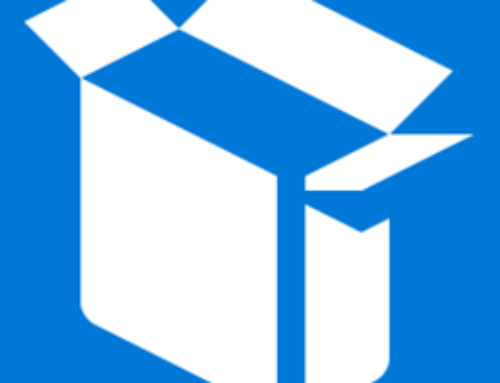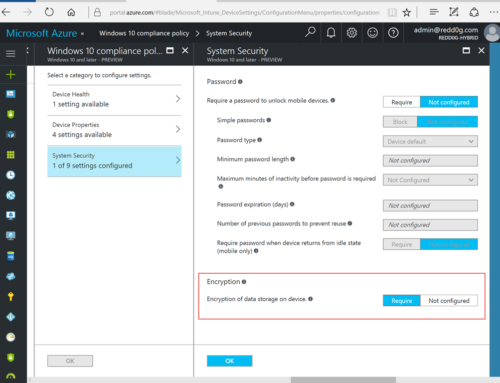This post contains basic information about Application V. Not very technical but enough for you to get started.
App V. formerly known as Softgrid was bought by Microsoft in 2006 from Softricity. It’s now part of the MDOP package, which is exclusive available for Microsoft customers with Software Assurance.
The key benefits of the product are:
- Application deployment
- All applications run within their own Virtual Environment leaving no footprint on the client computer.
- Applications can be streamed on demand. The application will typically only need 20-40% of the content to work with the basic functionality (you know, the functionality we all use). Remaining software components are automatically streamed on demand.
- Easy deployment to end-users. Applications are delivered based on group membership in Active Directory
- Even though the application runs in a virtual closed "bubble" it’s still capable of using local resources like printers, clipboard, local drives, network drives etc.
- Applications are cached locally which is ensuring a faster load.
- User modifications to an application e.g. adding custom charts in Excel will be stored in the unser profile.
- Application updates
- You only need to update the application once on the server. Clients will automatically load the updated version next time they launch the application (provided that they are online)
- Application Termination
- You simply remove the end-user from the Active Directory group, remove the group from the application on the server or remove the application from the server.
- Dynamic Suite Composition
- New feature in App V. 4.5 that allows for many-to-one package scenarios. Multiple packages can use the same package e.g. multiple web applications can use the same version of Microsoft Silverlight. In the earlier versions, Silverlight had to be sequenced multiple times one time for each web application.
Files in the App V. package
When a package is created by the sequencer, the sequencer will produce multiple files:
- ICO: Icon file, that will be published to the desktop. The file points to the OSD file.
- OSD: Open Software Descriptor file (actually it’s a XLM file). It contains information about how load the package and from where. Information about the supported environment and much more.
- SFT: This is by far the largest file. It’s within this file that the application and virtual environment is stored.
- Manifest.XML: contains information to create shortcuts of the Sequenced application. The XLM file is used when you need to import the package in Configuration Manager 2007 R2 and also when you are creating a MSI package.
- SPRJ: (also a XML file) This is the project file, which is used every time you import the application into the Application Manager console.
The infrastructure
Application Virtualization supports different infrastructure scenarios:
- Full infrastructure
- With this solution you must have the Application Virtualization Management Server (MSCAV), App V. Management service, Sequencer, Active Directory, SQL Server and the client. This solution offers full streaming capabilities, Desktop Configuration service, active package upgrades, basic licensing, and metering.
- Lightweight infrastructure
- Doesn’t rely on Active Directory or SQL Server. Has a Application Virtualization Management Server (MSCAV), and can co-exist with a MSCAV Streaming Server. The scenario still offers Active package upgrades but no licesensing or metering support. You can add multiple streaming servers in each branch office.
- Standalone mode
- In this solution you only have the sequencer and the client which must be configured for standalone mode.
Infrastructure components
- The client
- Desktop client
- Client for Windows Terminal Services
- Management Console
- Snap-in to management the environment.
- App V Management Service formerly known as Management Web service
- Responsible for all communication to and from the Data store
- The Data store
- SQL server that stores information about groups, licenses, shortcuts, usage history etc. SQL server 2000, 2005 and 2008 are supported.
- Application Virtualization Management Server (MSCAV) formerly known as the VAS (Virtual Application Server)
- Responsible for streaming applications, shortcuts and FTA’s (File Type Associations) to the clients.
- Application Virtualization Streaming Server (New role in 4.5)
- Responsible for hosting and streaming packages in branch scenarios.
- The sequencer
- Responsible for creating the virtual applications.


Hello excellent website! Does running a blog like this take a
massive amount work? I’ve very little knkwledge of computer programming however I was hoping to start my own blog soon. Anyways, should you have any suggestions
or techniques for new blog owners please share.
I understand this is off topic nevertheless I simply needed to ask.
Thanks a lot!
Feel frwe to surf to my weblog … seeo Berkhamted (http://dryseries7067.shutterfly.com/dryseries7067)